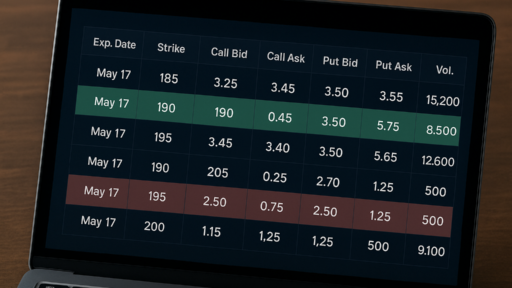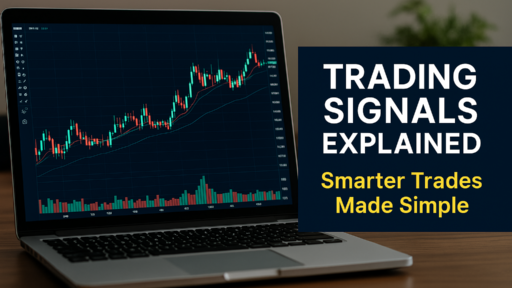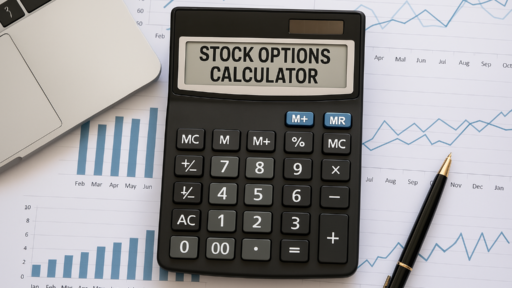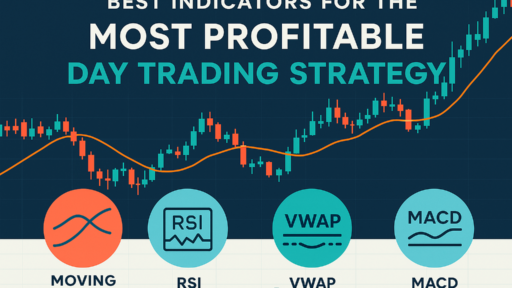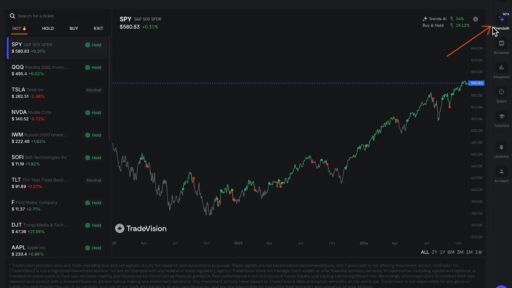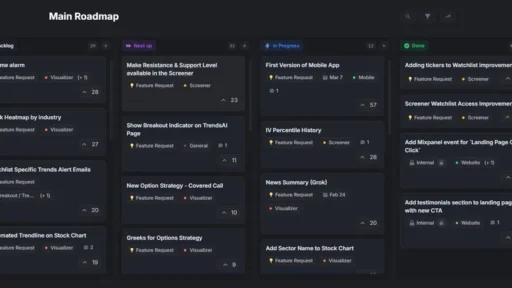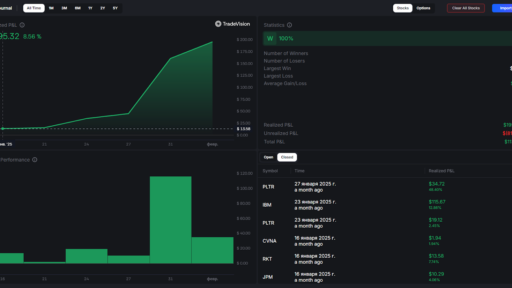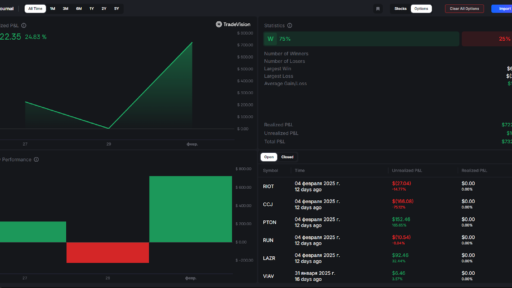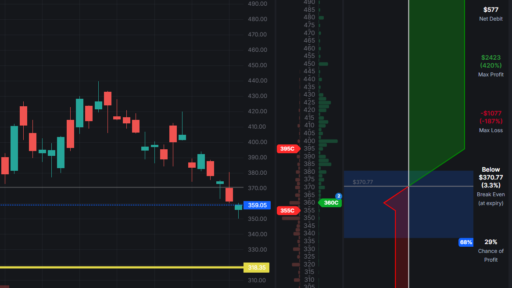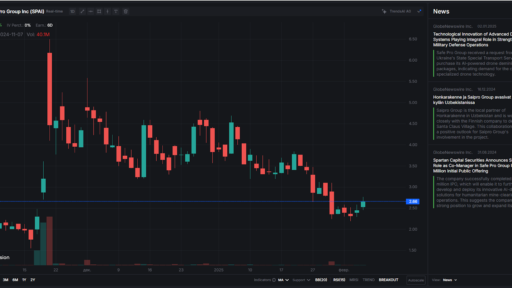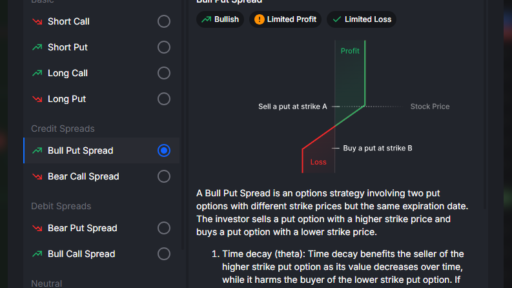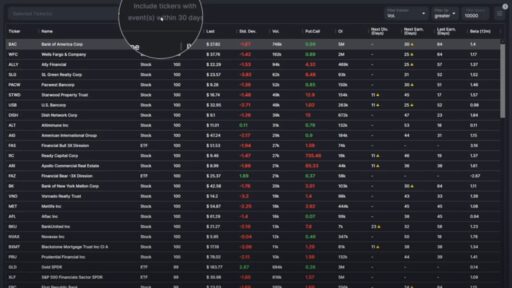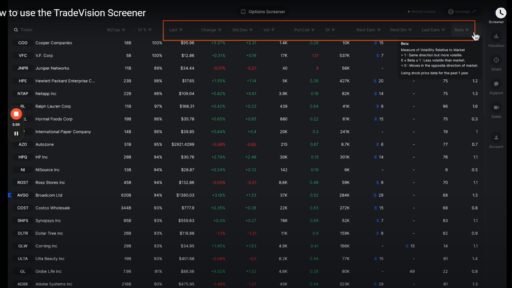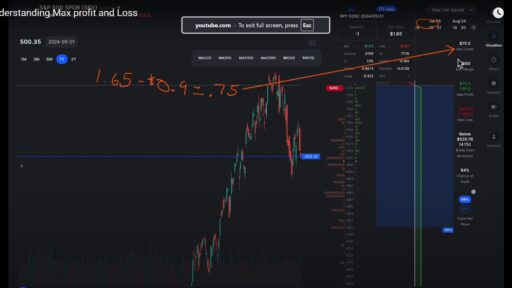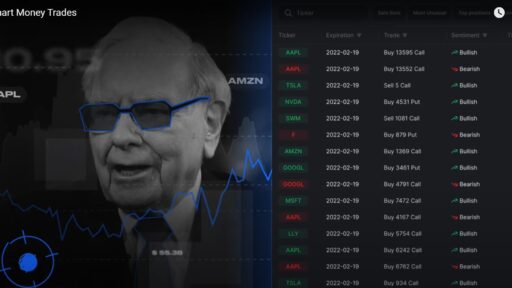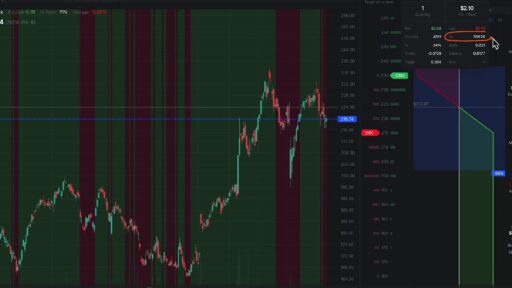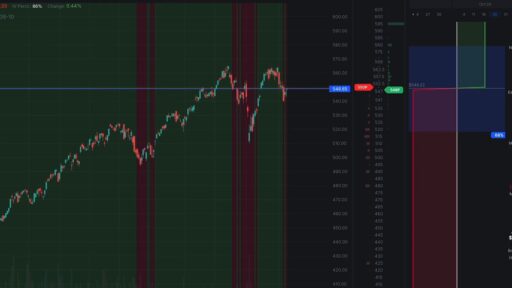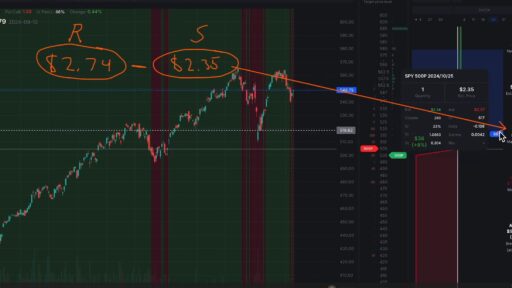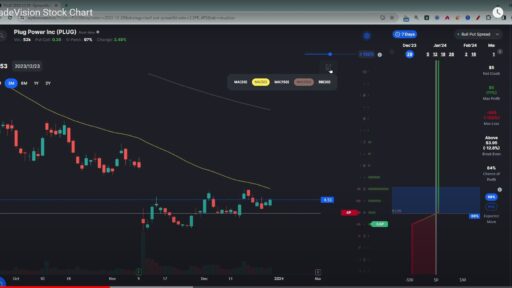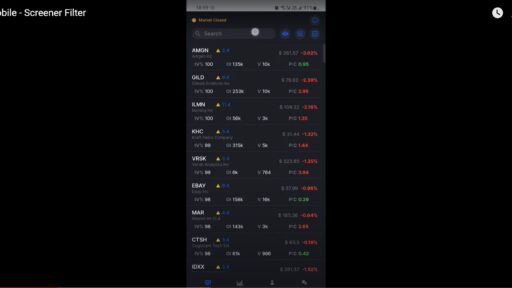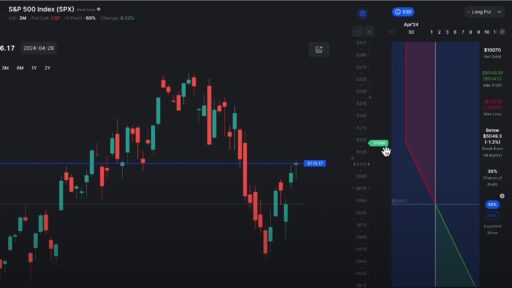In this guide, we’ll break down how to identify a profitable trading strategy, including how to evaluate its effectiveness, test it properly, and adapt it to market changes. Whether you’re into forex, crypto, stocks, or commodities, this article will help you build a strategy that’s consistent and sustainable.
If you want to explore real-world examples of top-performing trading strategies, check out our related post on Most Profitable Trading Strategy.
1. What Makes a Trading Strategy “Profitable”?
A profitable trading strategy is one that consistently delivers a positive return on investment (ROI) over time — after accounting for all costs, risks, and losses. Profitability is not about winning every trade; it’s about maintaining a favorable risk-to-reward ratio and positive expectancy.
Key traits of a profitable strategy:
- Positive expectancy: On average, your gains exceed your losses.
- Consistency: The strategy works under similar market conditions repeatedly.
- Risk management: Losses are limited through stop-losses and position sizing.
- Time efficiency: The strategy fits your available trading hours.
- Backtested performance: Historical testing confirms profitability.
2. Understand Your Trading Profile
Before identifying a profitable strategy, understand your trader type. Different strategies fit different personalities and risk appetites.
Common trader types:
- Scalpers: Profit from small price movements several times per day.
- Day Traders: Open and close all positions within a single day.
- Swing Traders: Hold trades for days or weeks to capture mid-term trends.
- Position Traders: Focus on long-term movements.
- Algorithmic Traders: Use automated systems based on data-driven signals.
3. Define Your Market and Instruments
Each market behaves differently. A strategy that works in forex might fail in stocks or crypto.
- Forex: High liquidity and 24/5 trading.
- Stocks: Influenced by company fundamentals and earnings reports.
- Crypto: Highly volatile and momentum-driven.
- Commodities: Affected by global demand and macroeconomic shifts.
4. Use Data-Driven Analysis
Data is the backbone of a profitable trading strategy. Instead of relying on gut feeling, use quantitative analysis to validate your approach.
- Collect historical data from reliable sources like TradingView or MetaTrader.
- Identify recurring price patterns and market behaviors.
- Calculate win/loss ratios and profitability metrics.
- Combine indicators (e.g., RSI + MACD) for signal confirmation.
5. Backtesting and Forward Testing
Backtesting allows you to simulate trades using past market data. Forward testing uses live data with demo accounts. Both are crucial for confirming strategy reliability.
- Backtesting: Evaluates how your strategy would have performed historically.
- Forward Testing: Tests strategy in real-time using virtual money.
6. Evaluate Risk-to-Reward Ratio
A key element of profitability is the risk-to-reward ratio (R:R). A good strategy aims for at least 1:2 — risking $1 to gain $2.
7. Incorporate Proper Risk Management
- Never risk more than 2% per trade.
- Always use stop-loss and take-profit orders.
- Adjust position size based on volatility.
8. Optimize Entry and Exit Points
Define precise entry and exit rules based on indicators or patterns to remove emotional bias.
9. Adapt to Market Conditions
Markets evolve. Regularly review and update your strategy to maintain profitability.
10. Keep a Trading Journal
Record every trade’s reason, result, and emotion. Over time, patterns emerge that help you improve accuracy and consistency.

11. Leverage Technology and Automation
Tools like TradeVision, TradingView, and QuantConnect can automate backtesting and execution — helping you maintain consistency and efficiency.
12. Common Mistakes to Avoid
- Overtrading or revenge trading.
- Ignoring stop-loss orders.
- Switching strategies too often.
13. Learn from Proven Strategies
Study methodologies like trend-following, mean reversion, and breakout trading. For deeper insights, visit our guide on Most Profitable Trading Strategy.
14. Measuring Long-Term Profitability
- Win Rate — Aim for consistency over perfection.
- Profit Factor — Strive for >1.5.
- Drawdown — Keep losses manageable.
- Sharpe Ratio — Assess performance vs. risk.
Conclusion
Identifying a profitable trading strategy requires patience, testing, and continuous learning. Understand your trader type, use data, manage risks, and evolve with the markets.
To explore real-world examples of proven strategies, check out our detailed post on Most Profitable Trading Strategy — a great continuation of what you’ve learned here.
Frequently Asked Questions About Profitable Trading Strategies
1. What defines a profitable trading strategy?
A profitable trading strategy is one that generates consistent returns over time, using strong risk management and a favorable risk-to-reward ratio. It focuses on long-term performance rather than short-term wins.
2. How can I test if my trading strategy is profitable?
You can test your strategy by performing backtesting using historical data and forward testing through demo trading. Track metrics like win rate, drawdown, and profit factor to measure effectiveness.
3. What’s the best risk-to-reward ratio for trading?
Most profitable trading strategies aim for at least a 1:2 risk-to-reward ratio — meaning you aim to gain twice as much as you risk per trade.
4. Can beginners create a profitable trading strategy?
Yes, beginners can build a profitable trading strategy by starting simple, focusing on one market, learning risk management, and testing their system through paper trading.
5. How often should I update my trading strategy?
It’s recommended to review and adjust your strategy every 3–6 months or when market conditions significantly change. Continuous optimization helps maintain profitability.












